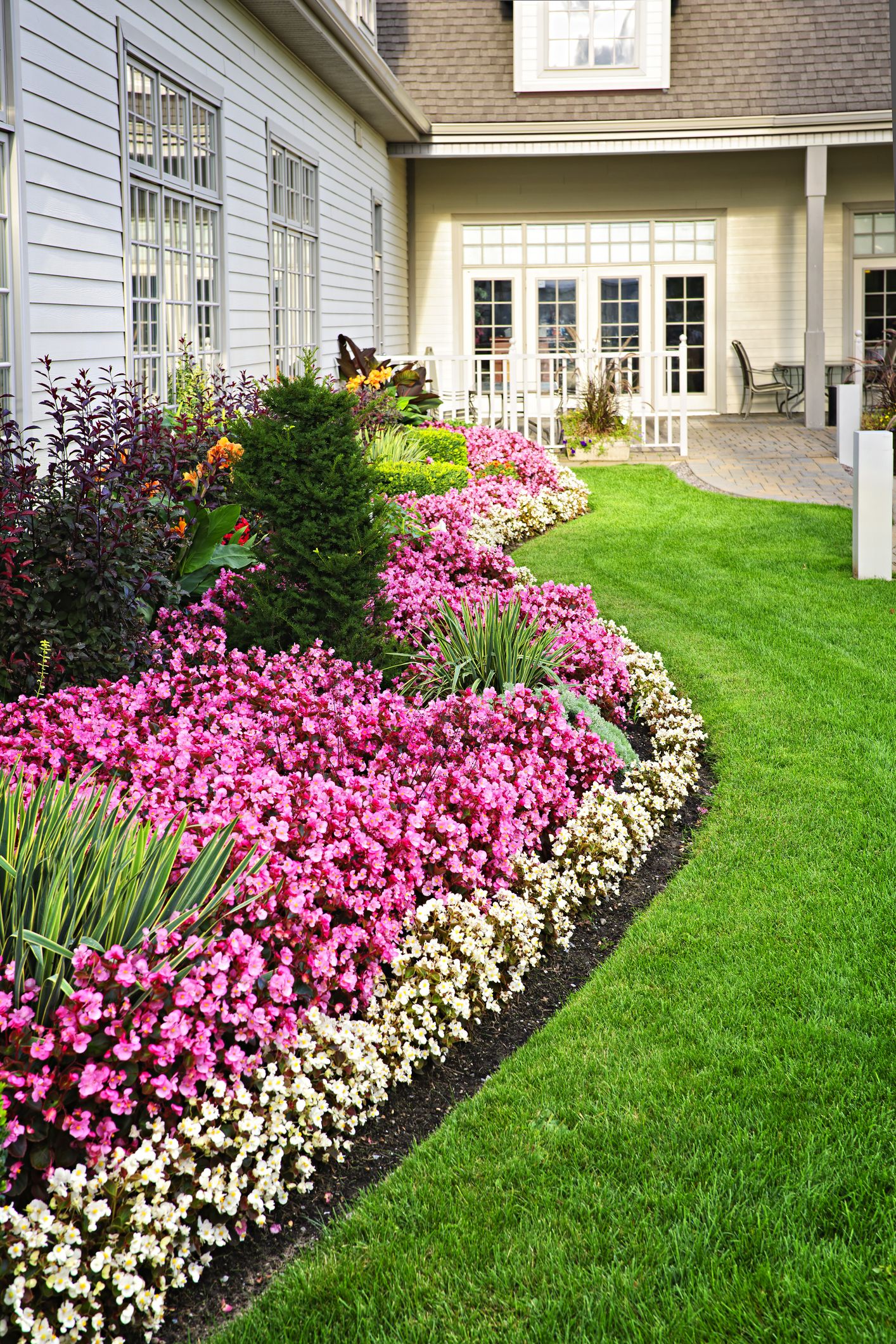Outdoor flower bed decor is an art that can turn a simple garden into a picturesque retreat. Over the years, I’ve experimented with various designs and elements, finding joy in creating floral arrangements that not only enhance the aesthetic appeal of my yard but also provide a sense of tranquility. In this comprehensive guide, we’ll explore a myriad of ideas, practical tips, and personal anecdotes that can help you craft your dream flower bed.
Understanding Outdoor Flower Bed Decor
Before diving into the specifics, it’s crucial to understand what outdoor flower bed decor encompasses. It includes not just the flowers themselves but also the surrounding elements that contribute to the overall design. This may involve:
- Choosing the right plants and flowers
- Incorporating decorative elements like stones, mulch, and garden ornaments
- Utilizing structures such as trellises, fences, and raised beds
- Creating pathways for enhanced accessibility and visual appeal
Choosing the Right Flowers for Your Garden
Your flower bed’s foundation lies in the types of flowers you select. Here are key factors to consider:
Climate and Hardiness Zones
Understanding your local climate is essential. Flowers thrive in specific hardiness zones. For example, roses flourish in warmer climates, while pansies prefer cooler temperatures. Check the USDA Plant Hardiness Zone Map to determine your zone.
Sunlight Requirements
Different flowers have varying sunlight needs. Ensure to plan your flower bed accordingly:
| Flower Type | Sunlight Needs |
|---|---|
| Sunflower | Full Sun |
| Fuchsia | Partial Shade |
| Marigold | Full Sun |
| Hosta | Partial Shade |
Flower Size and Growth Patterns
Consider how tall or wide the flowers will grow, as this affects spacing and layering for visual appeal. Taller plants, such as delphiniums, typically work well in the back, while shorter plants like daisies can fill the front.

Designing Your Flower Bed
Creating a visually appealing layout is key to outdoor flower bed decor. Here are some design ideas and techniques:
Layering Technique
Layering involves planting taller flowers in the back and shorter ones in the front. This technique not only maximizes visibility but also creates depth. Here’s a simple layout:
- Back Layer: Tall flowers like sunflowers and hollyhocks
- Middle Layer: Medium-sized flowers such as daylilies
- Front Layer: Low-growing flowers like petunias or creeping thyme

Color Schemes
Choose a color palette that reflects your personal style. Some popular combinations include:
- Warm Colors: Reds, oranges, and yellows for a vibrant look
- Cool Colors: Blues and greens for a calming atmosphere
- Monochromatic: Varying shades of a single color for a cohesive design
Creating a Focal Point
Every flower bed should have a focal point. This could be a large flower, a sculpture, or even a unique garden bench. A focal point draws the eye and adds interest to the design.

Incorporating Decorative Elements
Beyond flowers, decorative elements can elevate your garden’s aesthetic. Let’s explore some options:
Natural Mulch
Using mulch helps retain moisture, suppress weeds, and provide a clean look. Organic options like wood chips, bark, or straw can enhance the natural feel of your garden.

Garden Ornaments
Consider adding garden gnomes, bird baths, or decorative stones. These elements can add personality and charm.
Vertical Decorations
Vertical features like trellises or arbors can support climbing plants and add height to the garden. This not only saves ground space but also creates visual interest.

Maintenance Tips for Your Flower Bed
Proper upkeep is crucial to keeping your flower bed looking its best. Here are some essential care tips:
Watering Techniques
Water deeply but infrequently to encourage deep root growth. Early morning is the best time for watering, reducing evaporation and fungal diseases.

Fertilizing
Utilize organic fertilizers to provide nutrients without harming beneficial insects. Always follow the recommended dosage to avoid over-fertilization.
Weeding Strategies
Regular weeding is essential to prevent competition for nutrients and water. Mulching can significantly reduce weed growth.

Pros and Cons of Different Flower Bed Styles
When it comes to outdoor flower bed decor, various styles each have their strengths and weaknesses. Here’s a breakdown:
Traditional Flower Beds
Pros: Classic design, wide variety of flower choices, easy to maintain.
Cons: Requires regular maintenance, may not have vertical interest.
Raised Flower Beds
Pros: Easier access, improved drainage, can be built on poor soil.
Cons: More initial setup work, can dry out quickly.
Container Gardening
Pros: Highly customizable, perfect for small spaces, easy to relocate.
Cons: Limited plant size, may require more frequent watering.
Budgeting Your Flower Bed Decor
Creating a beautiful flower bed doesn’t have to break the bank! Here are some tips for budgeting:
Choosing the Right Plants
Opt for perennial plants that return year after year instead of annuals that require replanting every season.
DIY Elements
Consider making your own garden ornaments or trellises using reclaimed materials. Not only is it cost-effective, but it also adds a personal touch.
FAQs About Outdoor Flower Bed Decor
What are the best flowers for sunny areas?
Some great options for sunny areas include sunflowers, zinnias, and lavender.
How often should I water my flower bed?
Generally, flower beds should receive about an inch of water per week, either from rain or irrigation.
Can I mix annuals and perennials in my flower bed?
Yes, mixing annuals and perennials can create a vibrant and continuously blooming garden.
What are some low-maintenance flower options?
Consider using plants like daylilies, sedums, or coneflowers, as they require minimal care.
Final Thoughts: Create Your Perfect Flower Bed
Outdoor flower bed decor is not only about aesthetics; it’s about creating a space where you can unwind and enjoy nature. Whether you opt for a traditional layout or something more contemporary, the most important aspect is that your flower bed reflects your personality and style. Happy gardening!